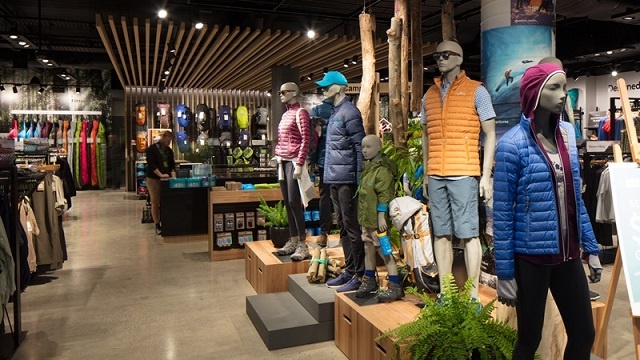Outdoor clothing and equipment retailer Kathmandu has opened its first solar-powered store in Blackburn, Victoria, and is investigating the possibility of shifting more stores in its network to solar in order to reduce its environmental footprint.
“While it won’t be possible for solar power to be rolled out across the entire store network because many stores are located in large shopping centres not suited to individual solar systems, we intend to assess which of our stores could be adapted for solar power in the future,” Dean Smith, project manager for store development at Kathmandu, said.
The Blackburn store was selected because it is a large standalone store, making it well suited to the installation of a solar power system.
The system includes a solar-battery generator that will provide 100 per cent of the site’s energy need at 92,000 kilowatt-hours, offsetting over 124 tonnes of carbon dioxide emissions.
It also provides full battery backup power in the event of grid failure or overcast days, allowing the store to remain operational.
Kathmandu did not disclose the cost of the system, which has a five-year payback plan, but said it will eventually lead to substantial cost savings and even allow power to put back into the system.
“Kathmandu has been using sustainable practices for over 30 years and they are integral to our operations. Being able to improve our environmental footprint is one of our key pillars,” Smith said.
The move is just one of a range of initiatives the retailer has introduced to help it achieve its target of net zero environmental harm from business operations by 2025.
The two biggest components of this goal are becoming carbon neutral and having zero waste to landfill, according to Kathmandu’s 2019 sustainability report.
Smith said the shift to solar power in stores would “definitely contribute towards a zero carbon emissions goal”.
The system is installed but cannot be connected to the grid until a PVDB protection board is installed. This final piece of the puzzle requires parts from China, which are estimated to arrive later this month.
The most difficult part of the installation was learning about the new technology and dealing with wet weather, which led to a four-day delay, according to Smith.
A live feed of the store’s solar activities will be displayed on a monitor within the store, allowing customers to view the power generation versus usage.






